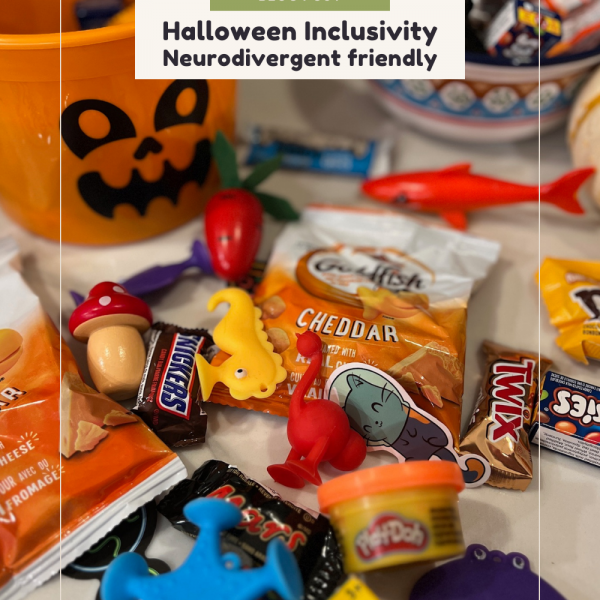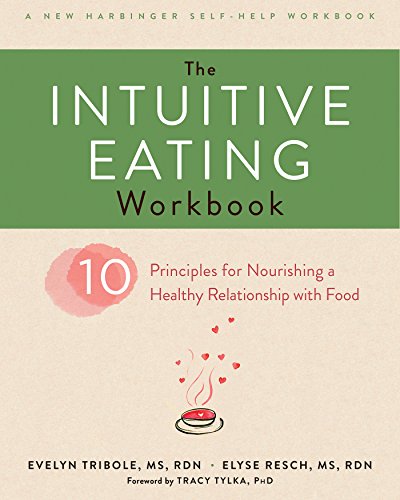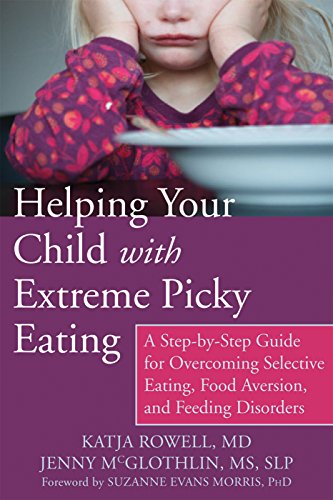
Take Aways
- Almost all children go through a phase of picky eating
- Picky eating typically peaks from 18 months to preschool year
- Picky eating can coincide with life changes or stress
- Understanding the division of responsibility approach can help reduce mealtime stress
Picky eating is one of the most common feeding issues for children typically starting around 18 months to preschool years. Children in this age range are developing a multitude of skills and are learning to exercise their autonomy. Most notably they can learn a favourite word “no”, which is normal for their age and stage of development. Although it is expected, picky eating can be extremely challenging for parents and caregivers making mealtimes some of the most stressful times of the day. Stressful mealtimes can create negative experiences around food and eating that may impact a child’s relationship with food.
In this article, we are going to discuss approaches and strategies to deal with a picky eater and how to create a positive meal experience for your family. We will also answer our most asked questions around picky eating.
The Division of Responsibility:
The division of responsibility is a concept introduced by dietitian and family therapist Ellyn Satter. Understanding the different roles of parent and child during mealtimes helps alleviate the stress and pressure around eating.
Parents/Caregiver is responsible for:
- When food is offered.
- Create a consistent schedule for meals and snacks.
- Where
- Choose a table or seating area away from toys, screens and other distractions.
- What food is being offered
- Offer a variety of family foods or modified family foods at meal and snack times.
- Avoid being a short-order cook and creating separate meals or snacks for different family members.
Your child is responsible for:
- If they eat a food
- A child may be hesitant to try food that you have offered and that is okay. Avoid bribing or pressuring them to eat or try new foods.
- A child may be hesitant to try food that you have offered and that is okay. Avoid bribing or pressuring them to eat or try new foods.
- How much food they eat
- Let your child self-regulate their hunger and fullness cues. Some days they may eat a little and some days they may eat a lot.
- Avoid phrases such as “finish everything on your plate” this teaches a child to ignore their fullness cues.
Parents and caregivers are responsible for creating positive meal environments. This starts with having a consistent eating area without distractions. Avoid screen time and toys during mealtime and make it a precedent to focus on family time. Avoid having negative or disciplining conversations at mealtime as children may associate these uncomfortable or negative experiences with eating. It is important for parents and caregivers to role model eating a variety of foods at mealtimes, children learn to trust foods as they observe others eating them.
What foods should I offer at mealtime?
Meals should include foods from every food group – a protein, starch and fruit or vegetables. We recommend offering meals that can be easily modified for the whole family. For example, if you feel like eating a spicy chicken curry with rice and vegetables, it may be more appropriate to offer the cooked rice, chicken and vegetables with the sauce on the side especially if it packs a bit of heat! We recommended to always offer an accepted food or safe food that you know your child will have alongside a new food.
When will my child try new food?
Just because your child did not try a new food the first time you offered it does not mean they do not like it. It is common for kids to be offered food 10, 15 or 20 times before they are willing to try it. If your child is very hesitant to try new foods, allow them to interact with foods in a non-pressuring way such as getting them to help you in the garden, wash or peel fruits and vegetables or help prepare food. Encourage your child to touch, smell or lick the food instead of eating it. These interactions with food are progressions towards being comfortable in trying them.
My child freaks out if a new food is on their plate, what should I do?
It is okay for your child to have big feelings around eating. Continue to offer and serve foods on their plate but provide a ‘no thank you dish’ for your child to put food they do not want to eat today. A ‘no thank you dish’ can simply be an empty plate or bowl where a child can put foods they are not comfortable having on their plate, this reduces the pressure to try a new food and can help eliminate feeding time tantrums. It is common for children to not want foods to touch one another, try serving new food in a muffin container or side plate so they can interact with it if they want to.
I am worried that my child did not eat enough at mealtime, should I give them something after?
This is a common question from parents. A child’s intake may vary quite a bit from day to day and that is okay. It is common for children to say they are not hungry if they are focused on toys or play. Give them a few minute countdowns before mealtime and have your child join you at the table for meal and snack time for at least 15 minutes, they will likely eat if you are role modelling it is time to eat. Offer familiar and safe foods alongside new foods. That way, your child will have an option to feel satiated if they are not ready to try the new food.
If your child consistently does not eat dinner but gets what they want for a snack later, they are learning that this is a way to get what they want. In this case, offer a snack consistently before bed and follow the division of responsibility so you can choose what is being offered at that time.
Help! My child is only eating ‘x food’ and nothing else, what should I do?
Sometimes children only want to eat certain food and refuse all else, this is commonly referred to as a food jag. Food jags can be associated with stress or change in a child’s life such as moving, changing child care or schools, or a new sibling. What a child eats is often a common place where they have control and can exert their autonomy. If you feel your child is experiencing a food jag, follow the division of responsibility and continue to offer the food that they are fixated on. Removing or not allowing a certain food can create a power struggle and can contribute to the food jag behaviour. Practice food-neutral language and avoid giving attention to the behaviour, they will eventually start to expand their food choices again.
Picky eating is a common feeding issue for kids and using the division of responsibility approach can help alleviate the stress around mealtimes.
If you are finding mealtimes are out of control and you do not know how to gain control again, contact us to work with a registered dietitian who can help provide guidance for you and your family.
Authored by Lawren Fischer, RD
Pediatric and Family Registered Dietitian
Disclaimer
Information provided by our dietitians is for general education and is not medical advice.


















